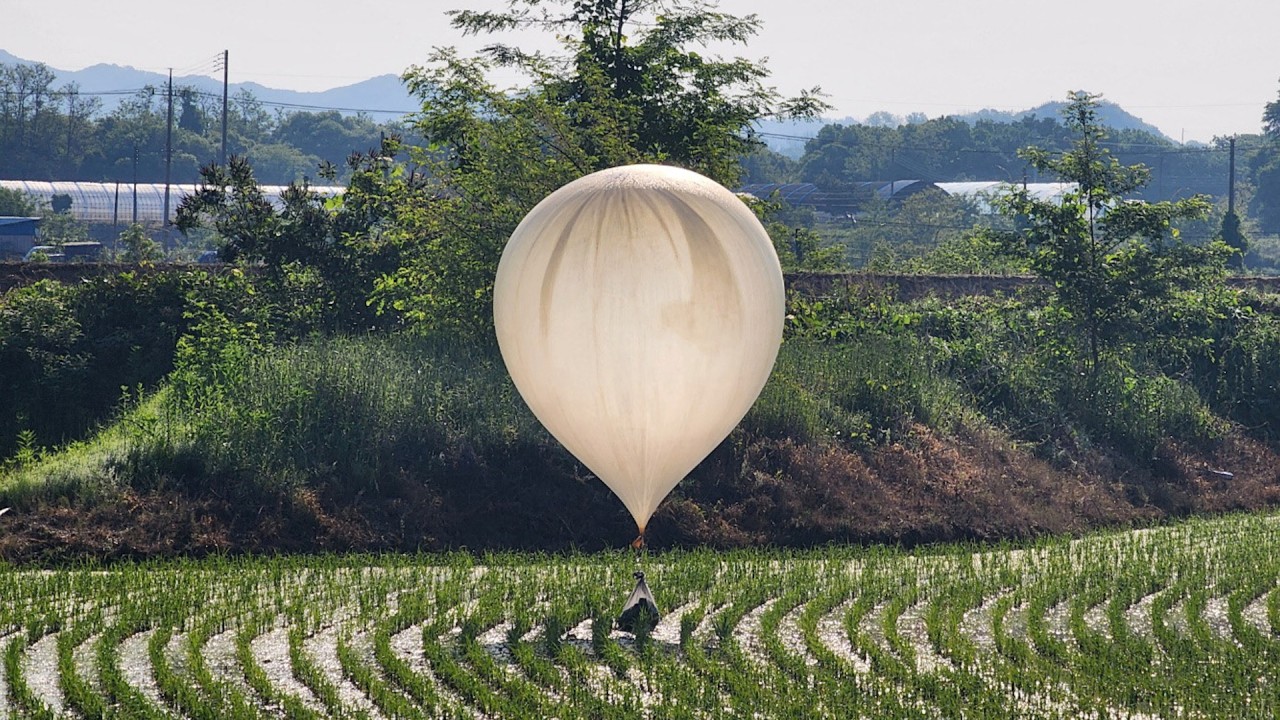“The US has 40 per cent of the world’s defence systems, but it can’t do it all,” Son said at the company’s weapons factory in Changwon. “We focus on the middleweights, self-propelled guns, armoured vehicles, tanks. In these, we’re already globally competitive.”
Hanwha’s revival reflects a gap in the global defence industry. American and most European manufacturers have shifted to strategic weapons, precision-guided munitions and other cutting-edge technologies. At the same time, many countries find those systems prohibitively expensive or are put off by the extensive retraining they’d require.
That’s opened a door for Hanwha’s more conventional products. “Defence companies in the US or Europe don’t want to make these weapons,” said Yoon Sukjoon, a retired captain in South Korea’s navy and a senior fellow at the Korea Institute for Military Affairs. Korean-made weapons “aren’t the most advanced, but this is the stuff that Lockheed Martin and Boeing don’t do.”
Poland has been an eager buyer, ordering at least 670 self-propelled K9 howitzers and 290 rocket launchers since 2022. Hanwha has shipped howitzers to Egypt and ammunition to the UK. If a proposed deal with Romania goes through, it would be the tenth country to buy the K9s. Last year, the Korean company beat out German competitor Rheinmetall AG to supply Australia with 129 tanks, a deal worth at least A$5 billion (US$3.3 billion) and one of the largest military projects in Australia’s history.
“Both options were the subject of two years of extensive test and evaluation, and at the end of that process, the strong and clear recommendation from the Department of Defense, including the Army testers, was that the Hanwha Redback infantry fighting vehicle best met Australia’s requirements,” Minister for Defense Industry Pat Conroy said when he announced the deal.
He also emphasised that Hanwha would build the vehicles in Australia and make its first deliveries within five years, ahead of earlier projections. The decision, he said, “was made purely on the vehicle offered and the value for money.”
Hanwha stock looks “ridiculously good at the moment,” said Choi Gwang-Shik, an analyst at Daol Investment & Securities Co. For now, he said, “the company has nothing to worry about.”
For Hanwha and other domestic weapons manufacturers, the ongoing threat creates steady domestic demand.
“In Europe, there’s been peace for a long time,” Son said. “But South Korea is in a position where its defence industry is bound to thrive. It’s not necessarily something that we’d ideally be spending money on, but we have to do it because of North Korea.”
Now, when US and European defence contractors are scrambling to restart or ramp up manufacturing, Hanwha offers buyers the benefit of smooth production lines, intact supply chains and faster delivery times.
Hanwha can assemble its flagship K9 howitzer in about 180 days – two to three times faster than its competition. With lower overhead, its products are also cheaper. The K9 costs around US$3.5 million, about half to one-third the price of global competitors.
These are advantages shared across the domestic industry, including Hanwha’s local competitors LIG Nex1 Co. and Hyundai Rotem Company Ltd., said Lami Kim, a professor of security studies at the Daniel K. Inouye Asia-Pacific Centre for Security Studies in Hawaii. “South Korean weaponry stands out for its commendable quality, affordability in comparison to American and Western alternatives, and the efficiency of its delivery.”
In short, it’s hard to overstate the advantage of having reliable, lower-cost weapons to sell at a time when the world’s traditional suppliers are running short and demand from all quarters is high. Global defence spending increased 6.8 per cent last year, the steepest jump since 2009, according to the Stockholm International Peace Research Institute, with no signs of slowing.
That includes opportunities in the US, where Hanwha recently won a project to modernise BAE Systems’s US-based ammunition plant. It also means emerging markets eager to build their military capabilities, like Saudi Arabia and India, said Ryu Hyung-gon, the head of policy research centre at the Korean Institute of Defence Technology, although that raises thorny issues of tech transfer that South Korea will have to navigate.
To meet the growing demand, Hanwha has added around 700 new employees in the past year, bringing its workforce to more than 7,000, Son said. More than one-third are focused on research and development, including efforts to develop remote and autonomous weapons, as well as a fighter jet engine, which Son says the company will deliver in the next decade.
“Ultimately, we’re going to make the engine that goes into the sixth-generation fighter jet,” he said. “Right now, we are importing and have the licence to produce aircraft engines from overseas. I thought, let’s not continue doing this. Let’s make our own.”



